High Bounce Rate? Digital Marketing is a Game of Inches
Last Updated: October 29, 2022

One of the first metrics people are going to look at when they start toeing the waters of web analytics is their bounce rate. If you’re just getting started on your journey to building an inbound pipeline chances are you’re suffering from high bounce rate and your trying to bring it down. In this article we’ll cover how properly configured analytics, optimized page load speed, and cross browser testing can all be strong contributors to reductions in bounce rate. If you’re unfamiliar with the bounce rate metric, take a moment to familiarize yourself with it before continuing on.
For those who prefer video I’ve created a video walk through of high bounce rate causes.
Digital Marketing, A Game of Inches
One thing to understand about bounce rate, and digital marketing in general is that Digital Marketing is a Game of Inches. So what does that mean? It means that when it comes to reducing your bounce rate, improving conversion rates, and creating business online, there are a 1000 and 1 little things that all work together in tandem to create a positive user experience. An overall positive user experience will significantly improve your bounce rates, conversion rates, and a host of other metrics.
Think about your website’s visitors as cranky chronic ADD victims browsing the web in a barely controlled rage looking for any excuse to leave your site and go somewhere else. If you can convince this type of visitor to stay on your site and learn more about your company or offering, it will be much easier to appeal to rational shoppers.
Focus Your Analytics on Your Addressable Market
The first thing you want to do when troubleshooting high bounce rate is to focus your analytics on your addressable market. Spammers and bots are notorious bounce visitors that can pollute your data and should be filtered out. It’s important to make sure you’re working with meaningful data before sounding the alarm on bounce rates and other metrics. 90% of the analytics accounts I look at don’t have any filters or other attempts to limit their data to their addressable market.
You also want to narrow your reporting to your target geography if applicable. For instance we here at Tortoise and Hare Software have a filter that shows U.S. based traffic only in our analytics reports. Since we don’t do business in other countries and our content is written based off United States English and cultural norms it doesn’t make sense to optimize our site based off KPIs that include foreign visitors. For most local businesses it will make a lot of sense to narrow the focus of your analytics to your geography as well.

Minimize Page Load Times
So you’ve got your analytics narrowed down to your addressable market and have filtered out any junk traffic like spammers and bots as much as possible. What’s the next chance to make your cranky visitors bounce? Why the load time of your site of course.
Load times are becoming critically important on the web today. Mobile device usage when browsing the web is hovering right around 50% of all browsing sessions and that number has been rising steadily.
By now the secret is out on the importance of mobile optimization, but it’s important to understand that mobile devices are often making web requests from sub par connections and internet speeds. Reducing your page weight, or size of the page as expressed in downloaded megabytes is going to be the best thing you can do to reduce page load times across all devices. Fast page loads times are also great for SEO and can serve as a competitive advantage in the digital marketplace.
Keep in mind that you want to reduce page weight as much as possible while still maintaining enough visual appeal to still keep visitors engaged and converting. Blank white pages with only text content load fast, but aren’t very sexy.
Did we mention sex still sells in 2019? Subtly and tastefully done it can also be a great way to reduce a high bounce rate.

Eliminate Styling Issues Through Cross Browser Testing
The majority of small business websites, even those built by marketing agencies who should know better, are littered with styling issues. This is especially true when viewing them in less popular browsers that are known to be buggy such as Internet Explorer.
The amount of possible combinations of device resolutions and browsers that present a chance to have a one off styling issues when viewing a website easily numbers in the thousands.
Styling issues alienate users and contribute to bounce rate.
With that said there are some hot spots that you can use to focus your testing efforts and eliminate the vast majority of styling issues. A good resource to understand popularity of browser types and device resolutions can be found over at W3Counter.
Major Browsers Include:
- Chrome
- Safari
- Internet Explorer/Edge
- Firefox
Cross browser testing plans should at a minimum include these browsers.
It’s not enough to just view your website on your home PC in these browsers though, it’s important to make sure your site is looking great on every device. Even if you purchased a responsive theme or template, the responsive aspect is often corrupted after you’ve added your own content and published your site online. Theme and template developers only test the out of the box content and make no warranty for maintaining responsiveness once you customize your site and your own content has been added.
At a minimum you should test:
- A desktop resolution (1920 x 1080)
- A tablet resolution (1366 x 768)
- A mobile resolution (640 x 360)
This seems like a lot, with 5 major browsers, and 3 resolutions we are already up to 15 combinations. Testing is a pain in the butt, but it can definitely be the difference between successful a successful digital marketing website and making your visitors becoming bouncier than a trampoline.

Great Web Design, Great Content, Low Bounce Rate
Great web design and great content are often the focus of improving a high bounce rate and they are very important. Unfortunately many times great designs and great content are never seen because of a lack of attention to the invisible technical issues that destroy SEO and alienate visitors on niche devices. Since this area of optimization doesn’t require any technical skills it has been written about far more often. Rather than rehash what’s been said a million times I’ll point you to some great resources for understanding how to optimize your content and design.
- 12 Tips to Reduce Bounce Rate and Boost Your Conversions
- 13 Ways to Reduce Bounce Rate and Increase Your Conversions
Bounce Rate Conclusions
High bounce rates are a common problem among veterans and amateurs alike. Truth be told, the first version of a web page even for veterans can suffer from high bounce rate. Developing a high converting web page or blog post requires A/B testing and iteration.
Veteran site operators and digital marketers will have eliminated some of the more common technical issues that can affect bounce rate discussed in this article and therefore will consistently outperform their peers. This advantage translates into an ability to more rapidly get feedback and optimize pages because technical issues aren’t slowing your quality traffic to a crawl.
Focus your analytics on your addressable market, ensure your websites images, CSS, javascript, and other contributors to slow loads times are optimized for performance, and ensure you’ve conducted vigorous cross browser testing. These optimizations aren’t fun and often times aren’t cheap either, but can have a profound effect on both increasing your search engine power and eliminating many of the the causes of a high bounce rate. These will allow you to focus on creating great content, and converting more visitors to grow your business.



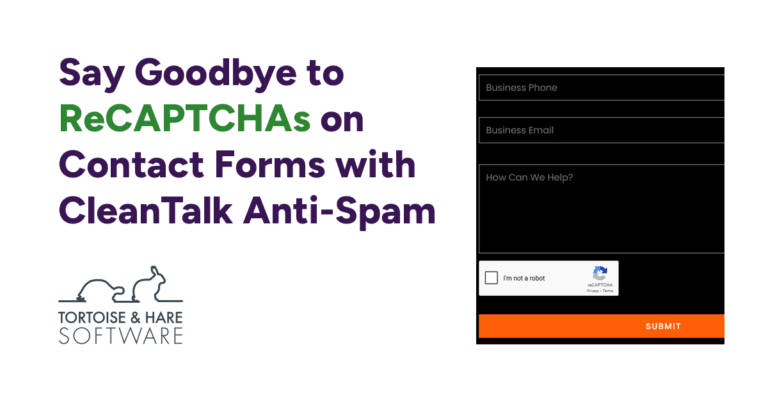

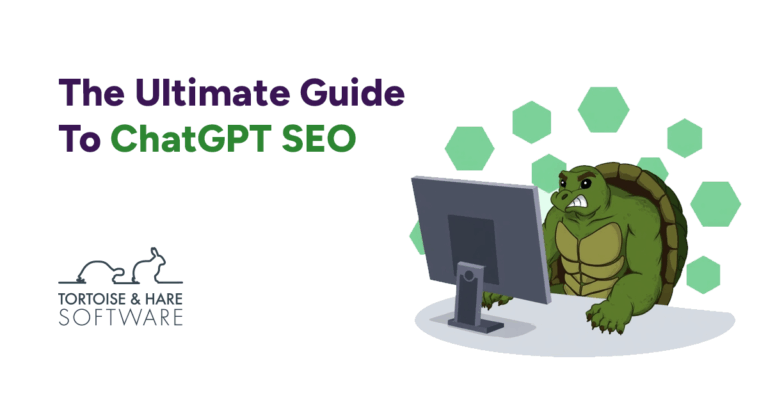
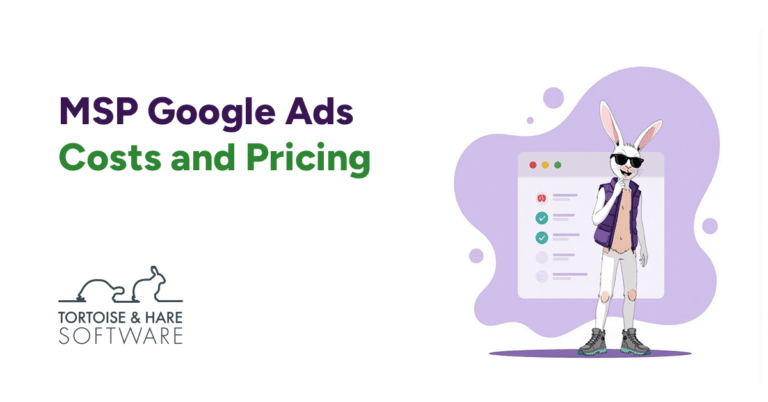
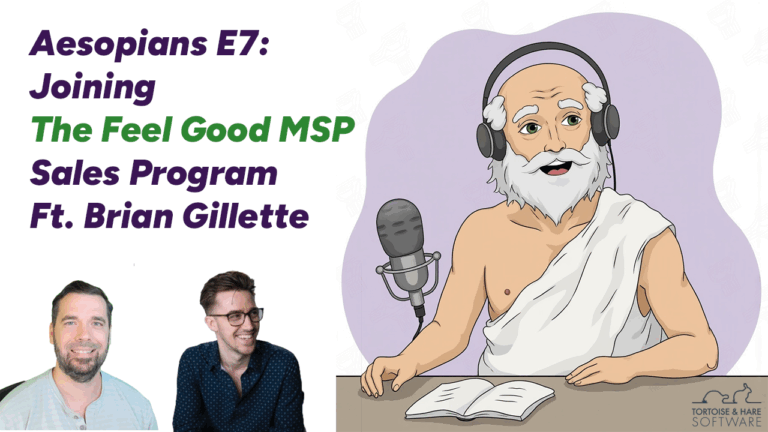

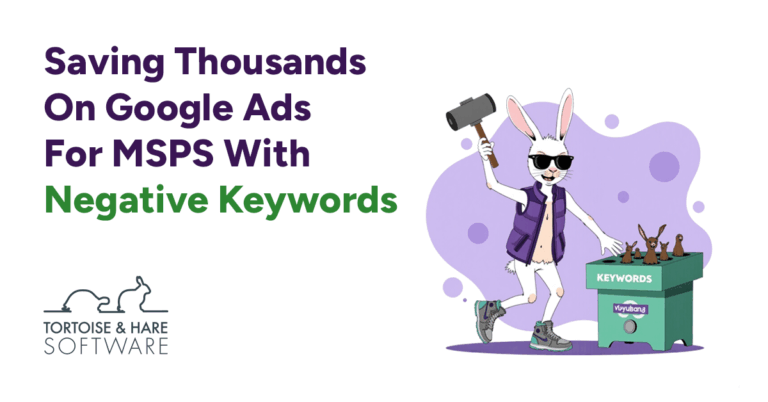
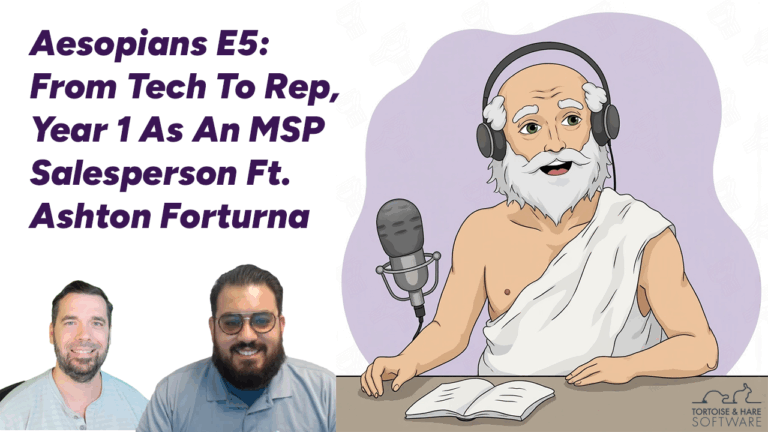
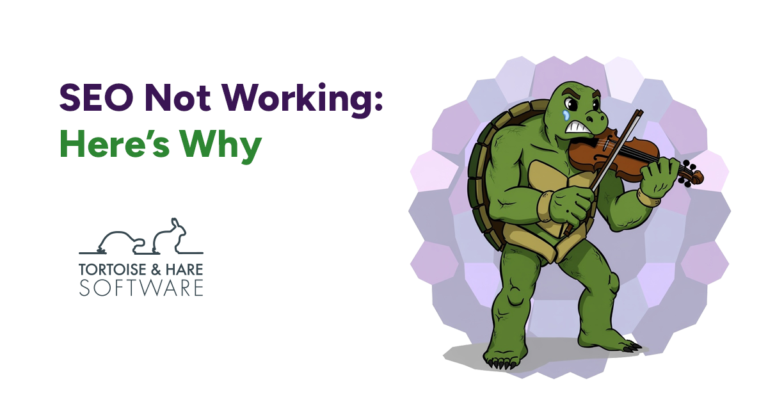
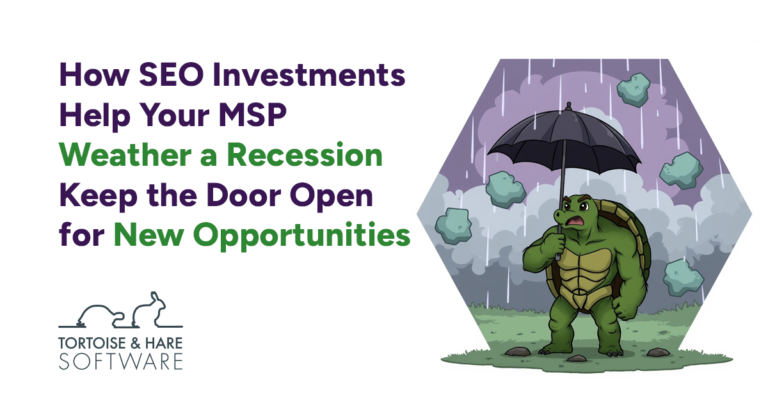

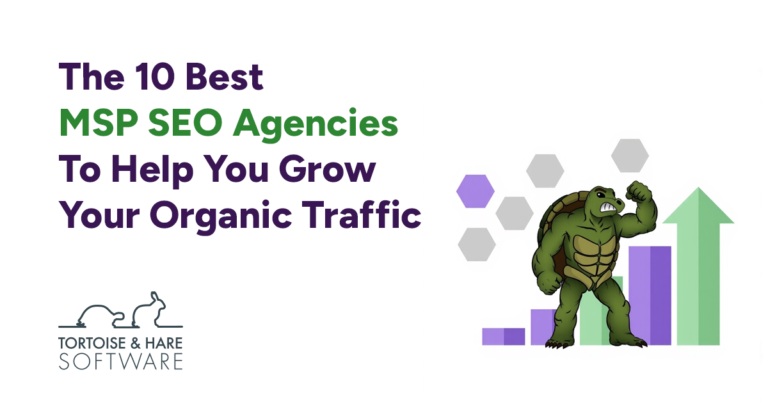

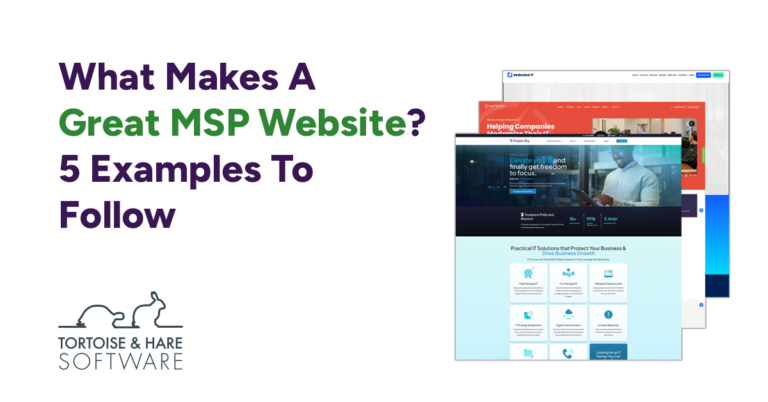
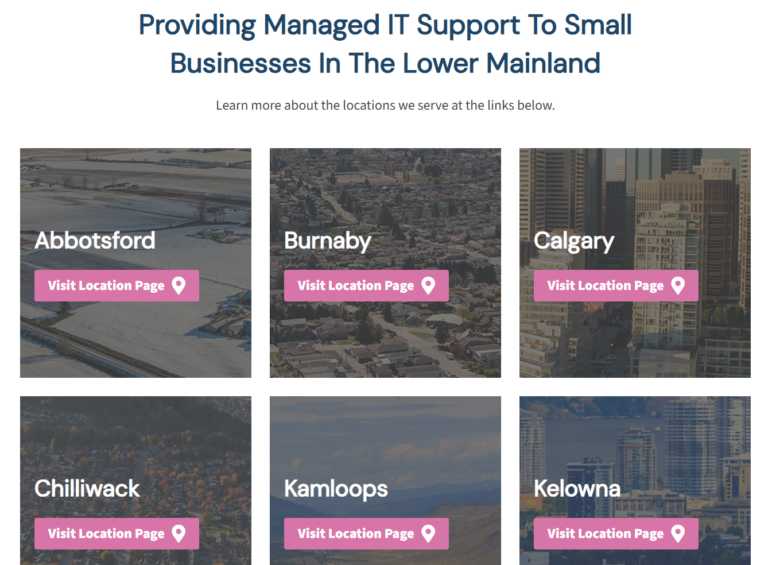







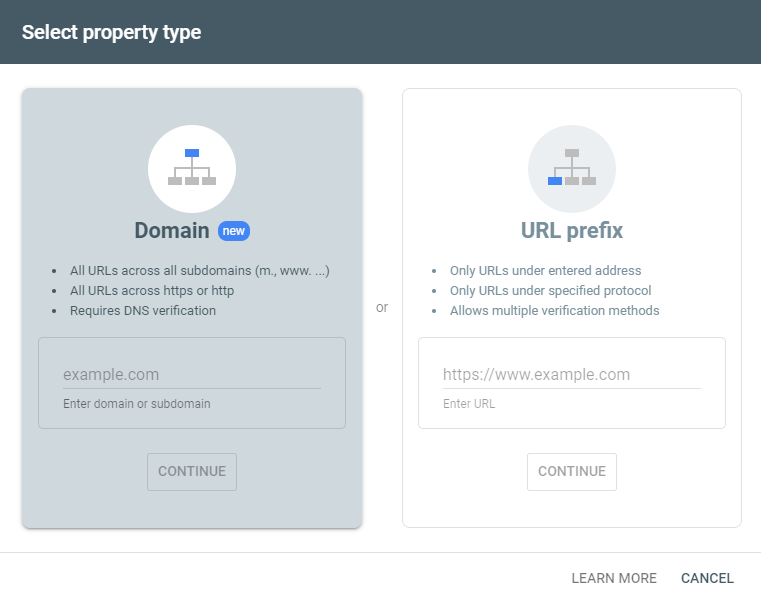
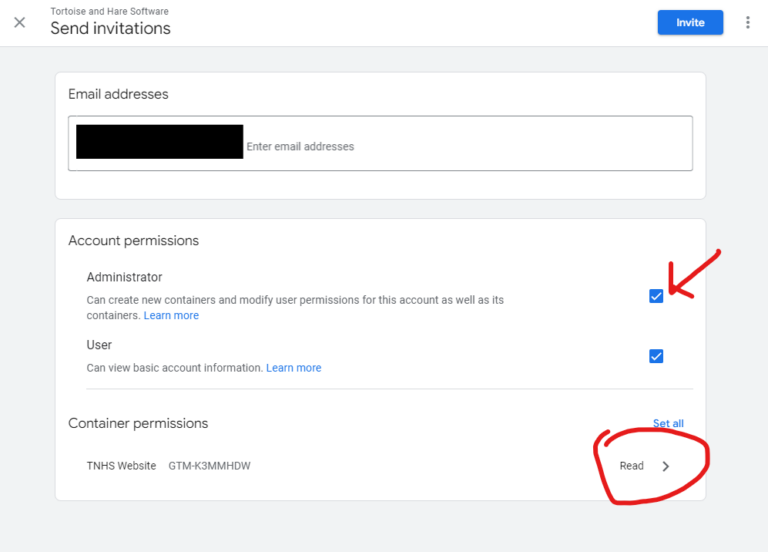





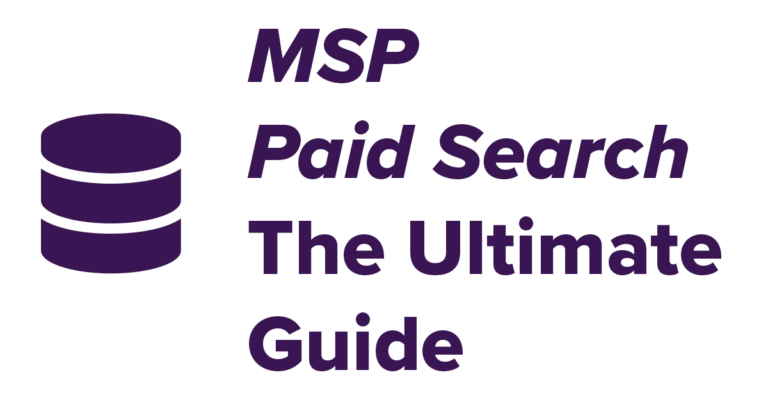
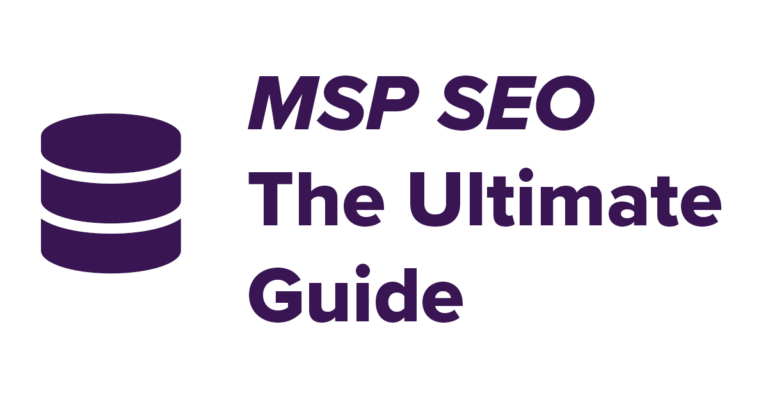


Leave a Comment